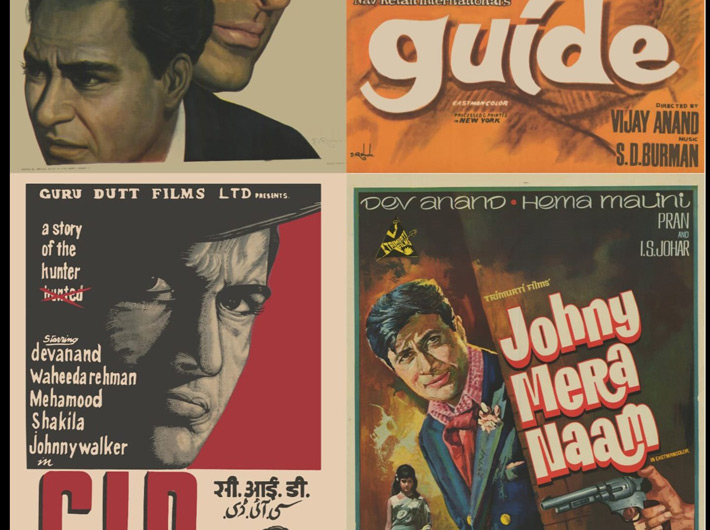As part of the National Film Heritage Mission (NFHM), the ministry of information and broadcasting (MIB) will restore several significant films in a variety of Indian languages that are part of Indian cinema's rich history.
Passage of time, deterioration of film prints and lack of proper preservation posed a risk to several cinematic classics created by India’s legendary actors and filmmakers being lost to time.
The NFHM launched in 2015 under MIB encompasses various aspects of film preservation including the restoration of deteriorating films, digitization of film prints, documentation, and preventive conservation. The restoration and preservation is carried out at the state-of-the-art restoration and digitization facilities at NFDC-NFAI's Pune campus.
Speaking on NFHM, actress Waheeda Rehman, recipient of Dadasaheb Phalke Award 2023 and known for classics like 'Reshma Aur Shera', 'Guide', 'Chaudavi Ka Chand', among many other films' said, “I was pleasantly surprised watching the restored version of 'Guide'. After 60 years, it remains a sensible and mature picture that is also very entertaining. It was a special thrill watching it on the big screen with my daughter beside me. I would like to thank the MIB for restoring these movies and keeping them intact for future generations to enjoy."
Expressing his happiness, filmmaker Govind Nihalani said, “Watching the restored version of my film 'Aghaat' was deeply satisfying. The sound quality, the color correction, the grain management; everything was outstanding. I am glad that the MIB and the NFDC-NFAI restored my 35mm film 'Aghaat'."
Actor Vaibhav Anand, son of Director Vijay Anand, said, “The library of India’s films is being restored and preserved through combining international and Indian technology and expertise at the NFDC-NFAI in Pune. I want to congratulate the Government of India and the Ministry of I&B for this progressive step."
“Restoration of classic films is a crucial aspect of the NFHM as many of the older film prints are in a state of decay due to the passage of time, improper storage, and various environmental factors. These films are in danger of being lost forever if not carefully preserved. Old and deteriorating prints are meticulously revitalized, ensuring that the films' original quality is retained” said Prithul Kumar, MD, NFDC.
“One of the key components of NFHM is the digitization of films. This process involves scanning and converting analog film prints into digital formats which not only ensures their long-term preservation but also makes them accessible to a wider audience. The digitization process allows for easier restoration and distribution of classic films, making them available for future generations to study and enjoy," he added .
Decades after their theatrical release, movies like Barsat Ki Raat, C. I. D. (1956), Guide (1965), Jewel Thief (1967), Johny Mera Naam (1970), Bees Saal Baad (1962), Aghaat (1985) including many more have been brought back to silver screen in 4K resolution. With a vast collection of over 30,000 film titles including silent classics, documentaries, feature films, and short films, NFAI serves as the custodian of India's cinematic history.
Under the NFHM, NFDC-NFAI preserves films in its state-of-the-art film storage facilities like temperature-controlled vaults with expert staff to bring deteriorating films back to their original glory. NFDC-NFAI also acts as a hub for research and education in the field of cinema for scholars, filmmakers, and cinephiles.

